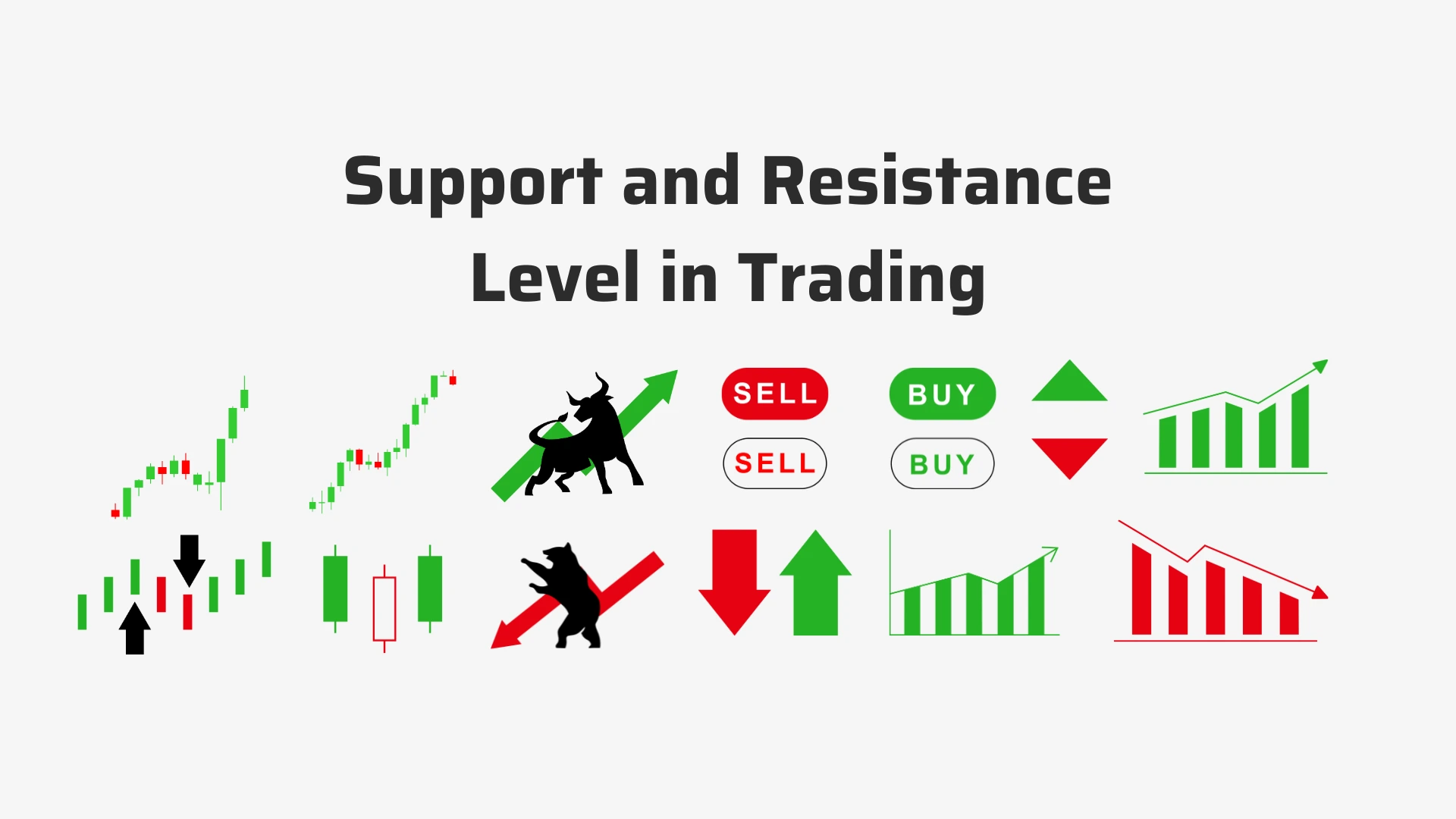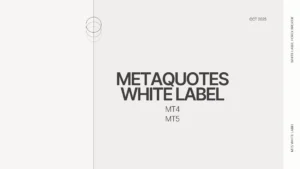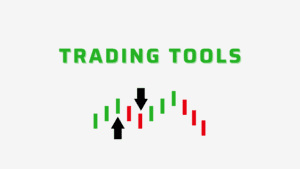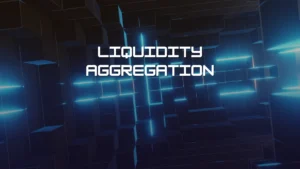Support and Resistance Trading
Learn institutional trading strategies to identify key levels, time entries, and maximize profits using support and resistance principles
What Are Support and Resistance in Trading?
Support and resistance form the foundation of technical analysis and price action trading. These critical price levels represent the ongoing battle between buyers and sellers, creating predictable patterns that traders can capitalize on.
Support: The Price Floor
Support is a price level where buying interest is sufficiently strong to overcome selling pressure. As price declines toward support, buyers become more inclined to purchase while sellers become less willing to sell. This dynamic creates a “price floor” that prevents further decline.
Resistance: The Price Ceiling
Resistance is the opposite of support – a price level where selling pressure overcomes buying pressure, halting upward price movement. As price approaches resistance, sellers become more aggressive while buyers become cautious, creating a “price ceiling.”
Key Insight: The more times price tests a support or resistance level without breaking it, the more significant that level becomes. These repeatedly tested levels often lead to strong breakouts when they eventually fail.
Types of Support and Resistance Levels
Professional traders recognize multiple forms of support and resistance, each with unique characteristics and trading implications.
Horizontal S&R
- Static price levels connecting swing highs/lows
- Most reliable in ranging markets
- Easy to identify on charts
- Works well in consolidation phases
Dynamic S&R
- Moving averages (20, 50, 100, 200-period)
- Trendlines connecting higher lows/lower highs
- Changes with price action over time
- Best for trending markets
Fibonacci Levels
- 38.2%, 50%, 61.8% retracement levels
- Based on mathematical golden ratios
- Often coincide with natural reversal points
- Excellent for pullback entries
Psychological Levels
- Round numbers (1.2000, $100, 50,000)
- Created by human psychology
- Easy to remember and act upon
- Often align with other technical factors
Support and Resistance Trading Strategies
Master these proven trading strategies to profit from support and resistance levels across all markets and timeframes.
1. Bounce Trading Strategy
The bounce strategy involves buying at support and selling at resistance, capitalizing on price reversals at key levels.
Support Bounce Rules
- Identify strong, tested support levels
- Wait for price to approach support zone
- Enter on bullish confirmation candles
- Stop loss below support level
- Target previous resistance or use 1:2+ risk-reward
Resistance Bounce Rules
- Identify strong, tested resistance levels
- Wait for price to approach resistance zone
- Enter on bearish confirmation candles
- Stop loss above resistance level
- Target previous support or use 1:2+ risk-reward
2. Breakout Trading Strategy
Breakout trading involves entering when price moves through established support or resistance, signaling potential trend continuation.
3. Role Reversal Strategy (Flip Zones)
Role reversal occurs when broken support becomes new resistance, or broken resistance becomes new support – creating secondary entry opportunities.
Advanced Support and Resistance Concepts
Confluence Zones
The most powerful trading setups occur when multiple technical factors align at the same price level, creating high-probability reversal zones.
| Market Condition | S&R Strategy | Risk Management |
|---|---|---|
| Uptrend | Focus on support bounces, breakout above resistance | Wider stops, trail profits upward |
| Downtrend | Focus on resistance bounces, breakdown below support | Wider stops, trail profits downward |
| Ranging Market | Trade both support and resistance bounces | Tighter stops, quick profit-taking |
| Breakout Market | Trade retests of broken levels | Stop beyond retest level, target measured moves |
Key Takeaways for Mastering Support and Resistance
- Think in zones, not lines – Support and resistance are areas, not precise prices
- Context is everything – Always analyze S&R within broader market structure
- Confluence creates conviction – The best setups combine multiple technical factors
- Timeframe alignment matters – Higher timeframe levels dominate lower timeframe moves
- Volume confirms significance – High volume at levels increases their importance
- Patience pays – Wait for price to come to you at key levels
- Risk management is non-negotiable – Even the strongest levels can fail
Support and Resistance FAQs
What’s the best timeframe for drawing S&R?
There’s no single “best” timeframe – it depends on your trading style. Day traders use 5-minute to 1-hour charts, swing traders use 4-hour to daily charts, and position traders use daily to weekly charts.
How do I know if S&R will hold?
While no method is foolproof, these factors increase probability: multiple previous tests without breaking, confluence with other technical factors, strong rejection candles, and alignment with higher timeframe direction.
Can S&R levels change over time?
Absolutely. As market conditions, fundamentals, and sentiment evolve, so do significant technical levels. Always regularly update your levels and give more weight to recent price action.
Are moving averages reliable for dynamic S&R?
Moving averages work well when: the market is in a clear trend, you use the appropriate period for your timeframe, and you combine them with other confirmation signals.
Ready to Master Support and Resistance Trading?
Join thousands of traders who have transformed their trading with our institutional-grade education and real-time market analysis.
Explore More Trading Articles Latest Market News